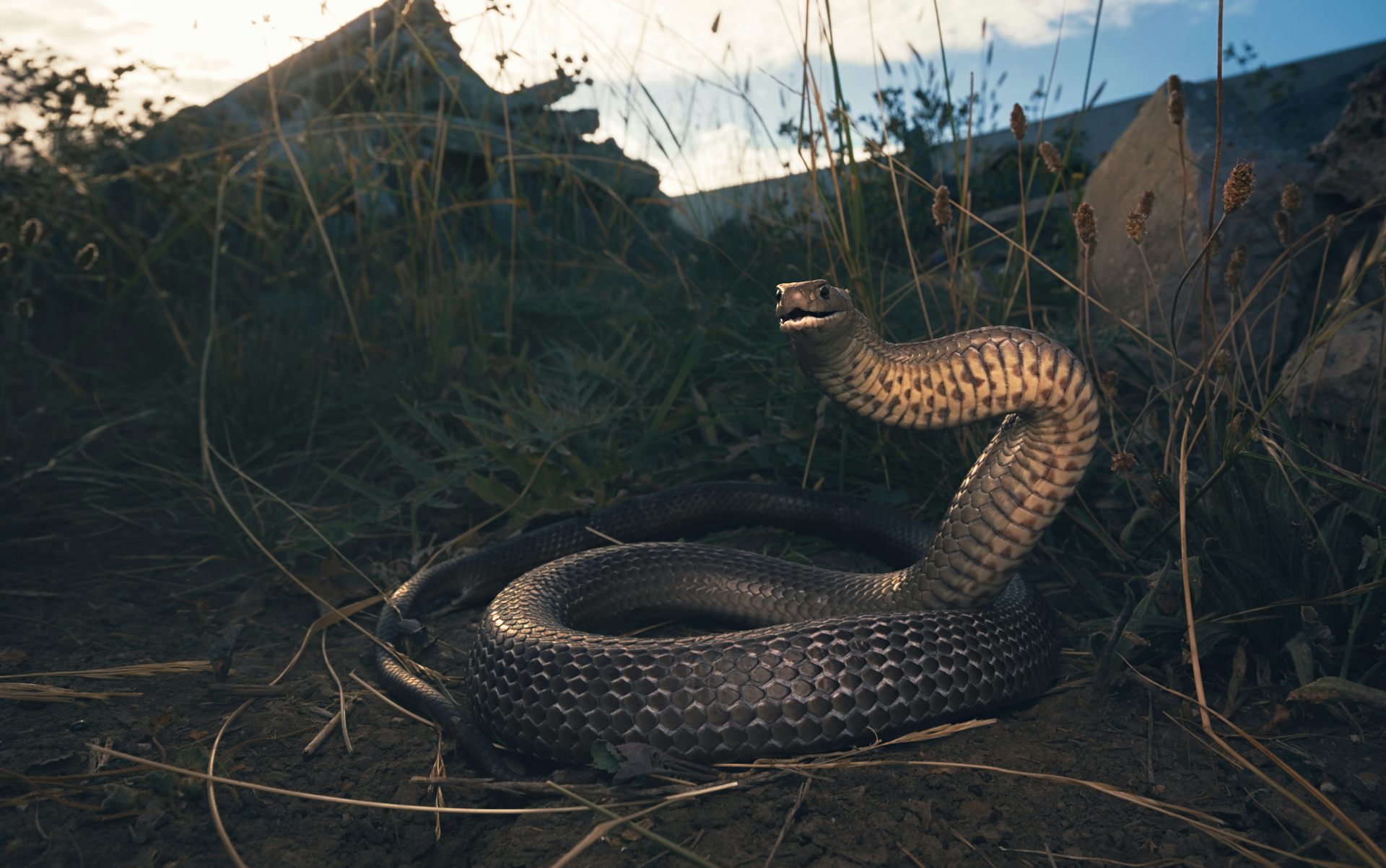Introduction
When it involves the interesting globe of snakes, couple of species capture the imagination rather like the baby tiger snake. Understood for their distinctive coloration and potent venom, these snakes are an important part of Australia's distinct community. In this extensive article, we will certainly look into various elements of baby tiger serpents, including their habits, habitat, and just how to securely communicate with them. Whether you're a wildlife lover or simply interested regarding these creatures, recognizing baby tiger serpents can aid cultivate a much deeper recognition for nature.
Baby Tiger Snakes: What You Need to Understand About Their Behavior and Habitat
What Are Child Tiger Snakes?
Baby tiger snakes are adolescent forms of the very venomous species recognized scientifically as Notechis scutatus These serpents are mainly found in seaside areas of Australia, specifically in Tasmania and southern Victoria. As they expand, their coloration changes from a much more low-key combination to the characteristic yellow and black bands that provide their name.
One significant facet of child tiger serpents is their size; hatchlings commonly measure around 25-30 centimeters in size. Despite their little stature, they have a surprising amount of venom that can be detrimental to human beings if bitten.
Physical Characteristics
Tiger snakes have numerous crucial physical attributes:
- Coloration: The unique banding pattern typically comes to be more obvious as they mature. Size: Grownups can reach sizes of as much as 2 meters. Body Shape: They have a robust body that helps in swimming and earthbound movement.
Where Do Baby Tiger Snakes Live? Recognizing Their Habitat
Understanding the habitat preferences of baby tiger serpents is crucial for both conservation efforts and public safety. These serpents grow in different settings:

- Wetlands: Marshes and swamps give adequate searching grounds. Coastal Regions: Commonly discovered near beaches where they can search for prey. Woodlands: Thick plants offers cover from predators.
Geographical Distribution
Tiger snakes are predominantly discovered along Australia's southern coast, consisting of:
- Tasmania: Home to one of one of the most notorious populations. Victoria: Particularly in areas near water bodies.
Are Tiger Snakes Venomous? A Deep Study Their Venom
One typical question arises when talking about child tiger serpents: "Are tiger serpents venomous?" The solution is a definite yes!
Venom Composition
The venom of tiger serpents has neurotoxins that can create paralysis, coagulopathy (blood clotting concerns), and potentially death if neglected. Here's what you need to recognize:
- Effects on Humans: A bite from a tiger serpent can cause symptoms like swelling, discomfort at the bite website, nausea or vomiting, and also respiratory system failure.
Comparison with Various other Venomous Snakes
In contrast to other Australian serpents such as the eastern brown snake or king brownish serpent, tiger serpent venom is thought about amongst the most powerful. Nevertheless, fatalities are uncommon due to better clinical therapies and access to antivenom.
Behavioral Patterns of Child Tiger Snakes
Understanding how infant tiger snakes act is important for those who live in or see areas where these reptiles are prevalent.

Nocturnal Habits
Most infant tiger snakes show nighttime habits. They tend to forage for food throughout cooler night temperatures. This adaptability assists them avoid killers while enhancing their searching efficiency.
Hunting Techniques
Their hunting methods include:
- Ambush Predation: Waiting still until target comes close. Active Foraging: Proactively relocating with greenery or along waterways trying to find food.
First Help for Serpent Bites: What You Must Know
Despite being fascinating animals, experiences with infant tiger snakes can lead to dangerous situations if bites happen. Knowing emergency treatment procedures yellow faced whip snake can conserve lives.
Immediate Tips After a Bite
Remain tranquility; panic raises heart rate. Immobilize the impacted limb utilizing a splint or bandage. Seek instant medical attention-- antivenom might be necessary.Creating a Snake Bite First Aid Kit
A well-prepared emergency treatment kit ought to consist of:
|Product|Function|| ------------------------------|--------------------------------------|| Compression bandage|To immobilize the limb|| Splint|Stabilizes broken bones or joints|| Antihistamines|Alleviates allergies|| Emergency situation contact numbers|Quick access throughout emergency situations|
Common Myths Regarding Tiger Snakes Debunked
Many misconceptions border these fascinating reptiles; allow's make clear some misunderstandings typically held by people.
Myth # 1: All Tiger Snakes Are Aggressive
While some individuals may show protective behaviors when intimidated, not all tiger snakes display screen hostility in the direction of people unless provoked.
Myth # 2: Infant Tiger Snakes Are Less Harmful Than Adults
This myth can not be further from the reality! Baby tiger snakes have nearly as much venom as adults Conservation and Education relative to their dimension; thus they position significant threats if bitten.
FAQs Regarding Infant Tiger Snakes
What do infant tiger snakes eat?- They mostly eat small mammals, birds, frogs, and fish.
- Look for slender bodies with pale banding patterns that end up being a lot more pronounced as they mature.
- Yes! Birds of prey and larger reptiles may target them.
- Typically every few weeks as they grow rapidly throughout their very early life stages.
- While some individuals do keep them unlawfully without permits because of their harmful nature; it's normally not advised offered their poisonous status.
- With punctual medical therapy-- consisting of antivenom-- the survival price is high!
Conclusion
In recap, recognizing baby tiger serpents-- what they eat, where they live, just how they behave-- can equip us with useful knowledge concerning these exceptional yet harmful creatures. The relevance of education surrounding first aid steps can not be overemphasized; knowing just how to react properly after a bite can tiger snake bite conserve lives while promoting respect for our slithering neighbors within Australia's rich biodiversity spectrum.

By valuing these serpents' functions within ecosystems-- and acknowledging prospective threats-- we advertise conjunction as opposed to fear-based responses toward each other's presence in nature's grand tapestry! Whether you're a serious walker pondering your next journey or just curious regarding neighborhood wildlife experiences near home-- this guide acts as your trusted referral point on the enigmatic globe inhabited by our buddies-- the splendid baby tiger snake!